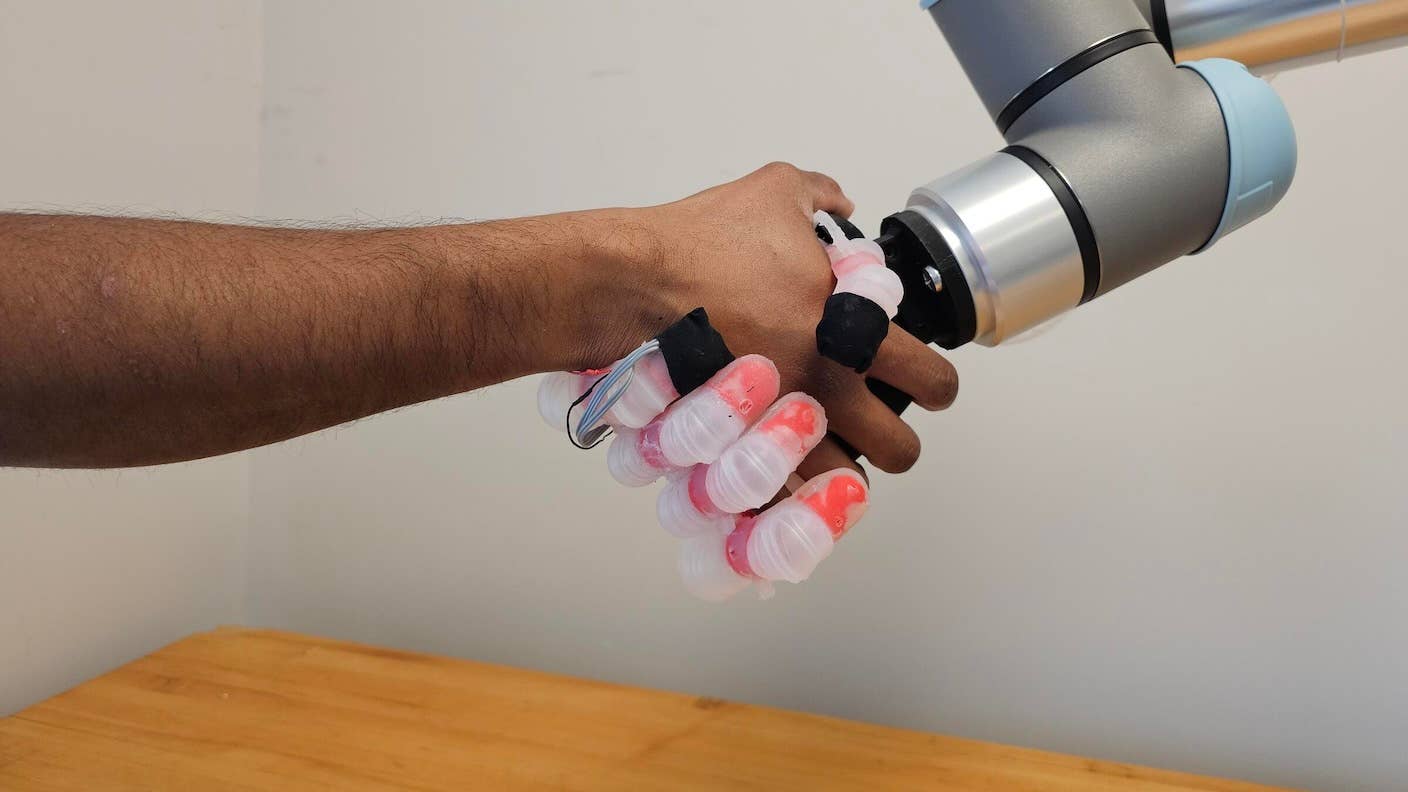Worm ‘Brain’ Uploaded Into Lego Robot

Can a digitally simulated brain on a computer perform tasks just like the real thing?
For simple commands, the answer, it would seem, is yes it can. Researchers at the OpenWorm project recently hooked a simulated worm brain to a wheeled robot. Without being explicitly programmed to do so, the robot moved back and forth and avoided objects—driven only by the interplay of external stimuli and digital neurons.
While there are already similarly capable robots using traditional software, the research shows a digitally simulated brain can behave like its biological analog, and the demonstration has implications for big brain projects.
The BRAIN Initiative in the US and the Human Brain Project in Europe aim to map the human brain’s connections and, one day, to simulate the brain digitally. Such a simulation might yield insights into disease or breakthroughs in computer science.
But when it comes to simulating brains in silica—it’s sensible to start simple. The OpenWorm project’s simulated brain is based on the lowly C. elegans roundworm.
C. elegans is an eminently humble creature, and for that reason, an extensively researched one. Scientists published the first map of the synaptic connections, or connectome, of the brain of C. elegans in 1986 and a refined draft in 2006.
The worm’s brain contains 302 neurons and 7,000 synapses. The human brain, in comparison, has 86 billion neurons and 100 trillion synapses. Whether we’ll ever fully map the human brain (or should) is a hotly debated topic.
But since we’ve already mapped the C. elegans connectome—the researchers at OpenWorm thought they’d feed it stimuli using a few external sensors and give it a robotic body to carry out whatever motor instructions the brain provided.
The robot, as you can see in the video, moves a little like a Roomba, with one critical distinction—the Roomba’s collision avoidance mechanism was written in by programmers. The OpenWorm bot’s movements, on the other hand, were not.
Be Part of the Future
Sign up to receive top stories about groundbreaking technologies and visionary thinkers from SingularityHub.


How does it work? The brain cells in the worm’s connectome are labeled sensory neurons, motor neurons, and interneurons (connecting the two). The OpenWorm team simulated these neurons and their connections in software.
The digital neurons sum input signals and fire when they exceed a threshold (similar to but not exactly like the real thing).
Sensory neurons link to the robot’s sensors—a sonar sensor, for example, stands in for the worm’s nose. And the sim’s motor neurons drive the robot’s right and left motors as if they were right and left groups of muscles.
The fascinating thing? The robot behaves much like a real worm would, given similar sensory stimulation—tripping the nose sensor halts forward progress, touching the front and rear sensors makes the robot move forward and back.
Now, the simulation isn't perfect, and the robot doesn't have every sensory input the real worm might have, but the OpenWorm bot seems to show that a stimulated digital brain might behave like a biological brain does—and we might not have to understand it in detail to make it work. That is, behaviors might emerge of their own accord.
In this example, we're talking very simple behaviors. But could the result scale? That is, if you map a human brain with similarly high fidelity and supply it with stimulation in a virtual or physical environment—would some of the characteristics we associate with human brains independently emerge? Might that include creativity and consciousness?
There’s only one way to find out.
Jason is editorial director at SingularityHub. He researched and wrote about finance and economics before moving on to science and technology. He's curious about pretty much everything, but especially loves learning about and sharing big ideas and advances in artificial intelligence, computing, robotics, biotech, neuroscience, and space.
What we’re reading



